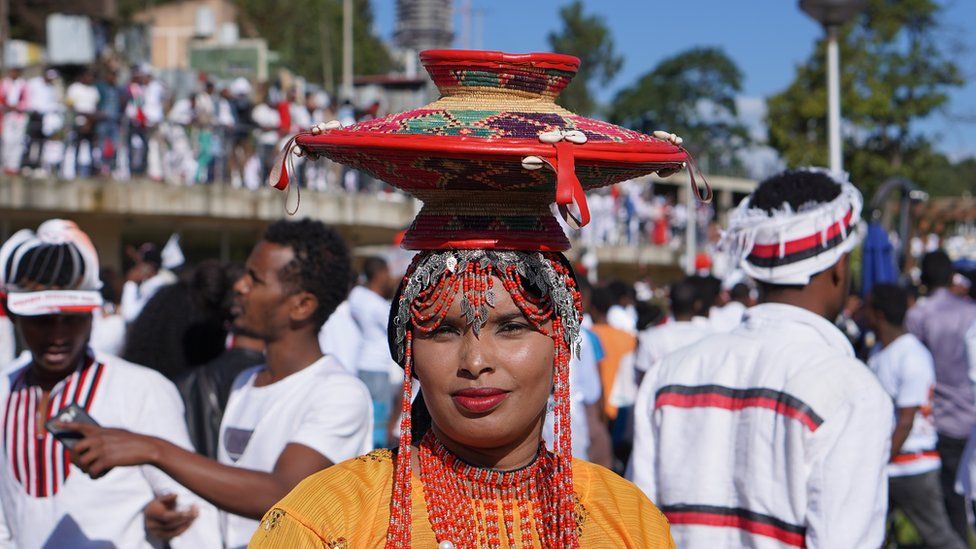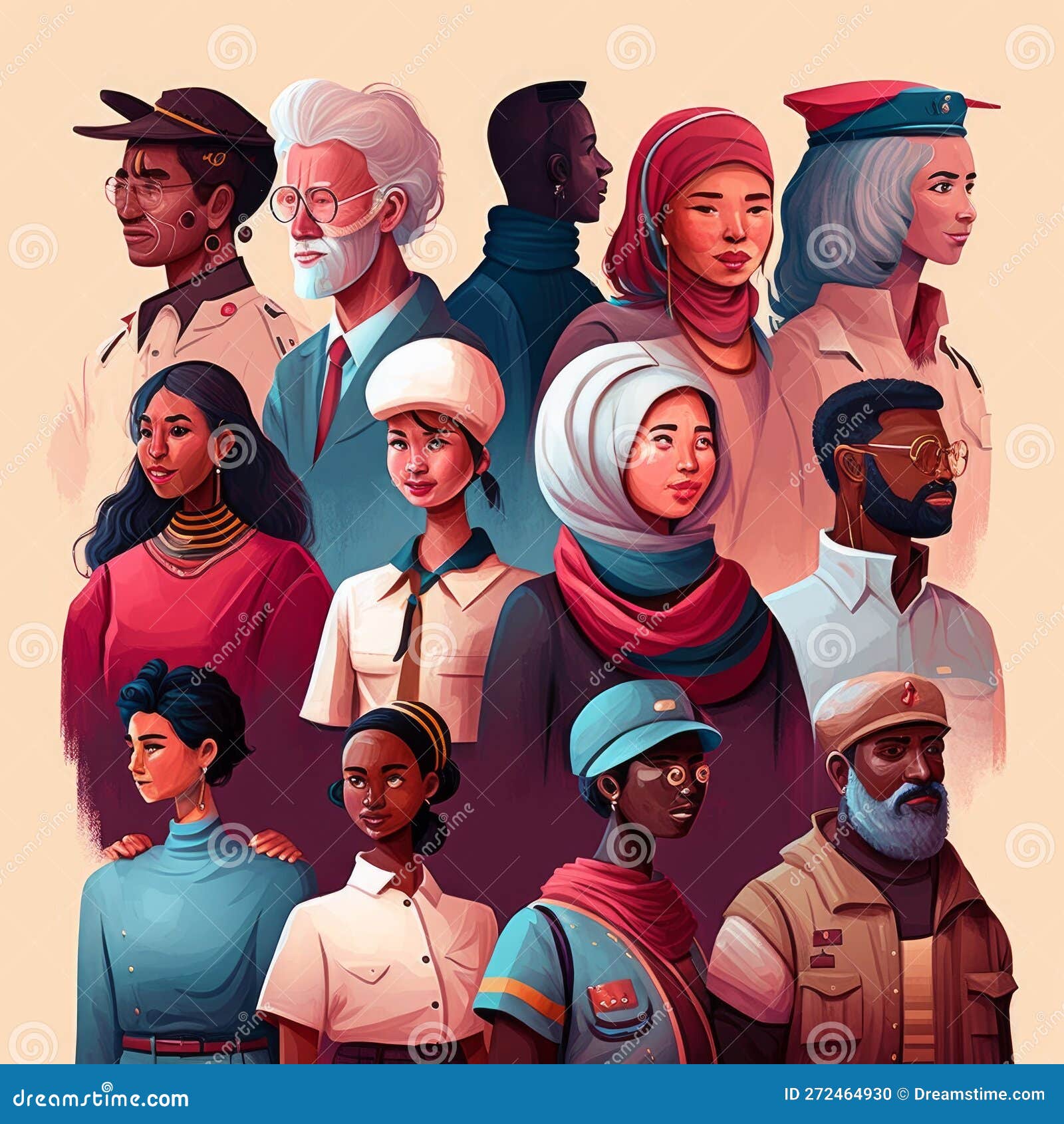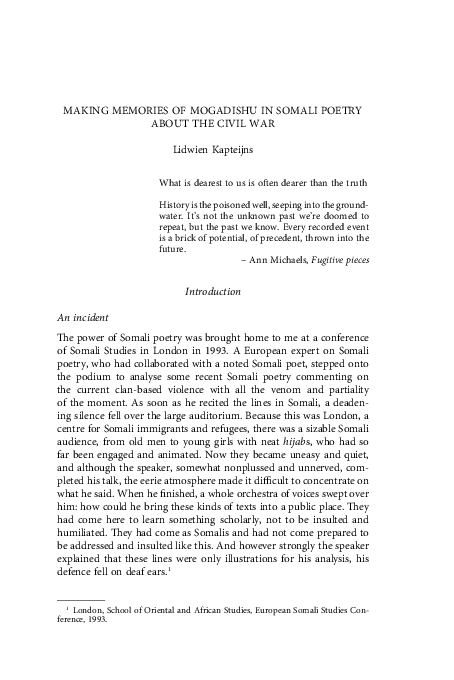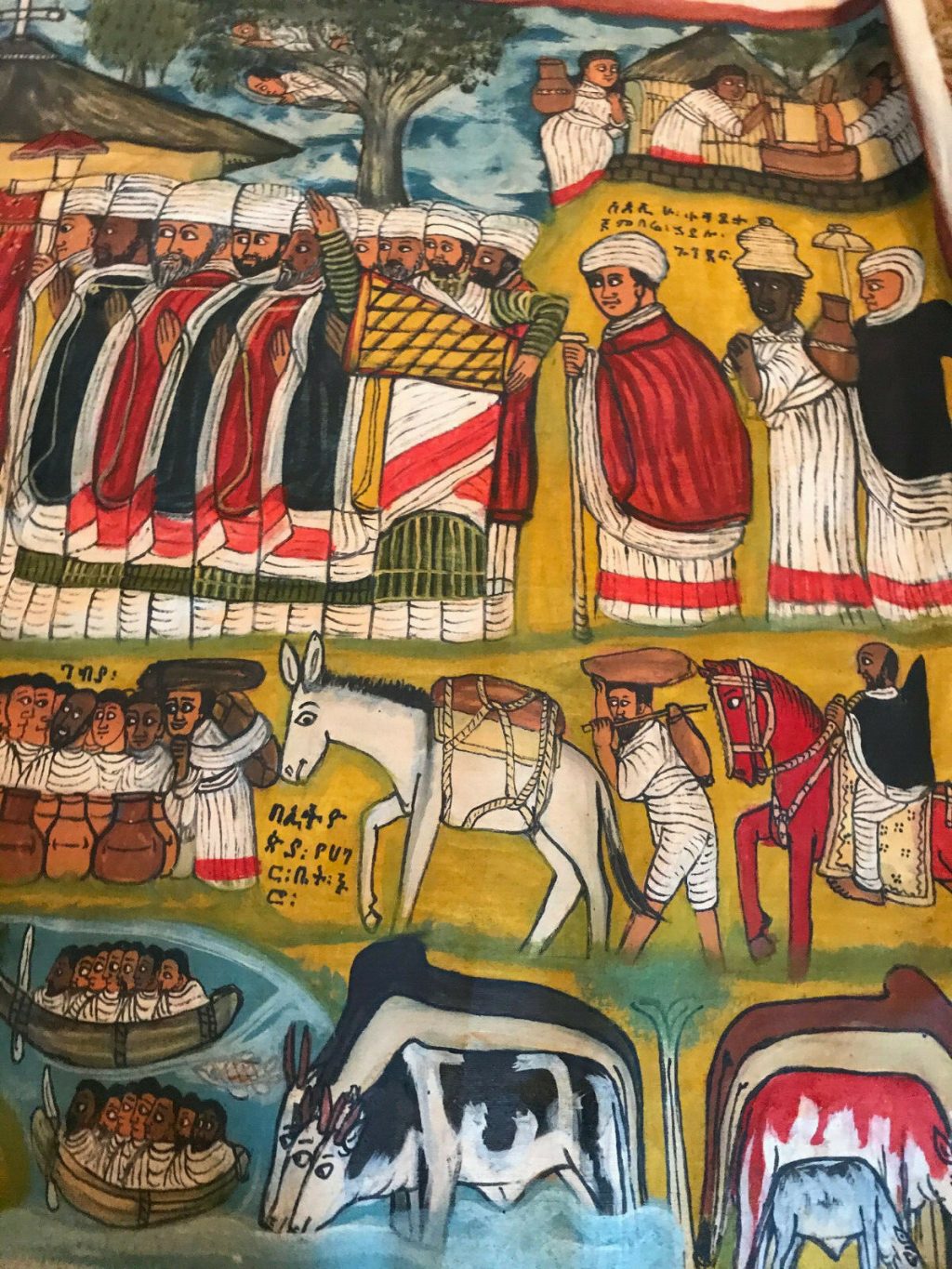The Horn of Africa, a region encompassing Ethiopia, Eritrea, Somalia, Djibouti, and parts of Sudan, is not only geographically significant but also linguistically rich. This area has long been a crossroads of trade, migration, and cultural exchange, shaping the languages spoken by its people. The linguistic diversity here reflects the complex histories, ethnic identities, and social dynamics of the region. In this article, we explore the role and diversity of language in the Horn of Africa, highlighting the major language families, their historical roots, and their cultural significance.
Geographic and Demographic Overview
The Horn of Africa is located in the easternmost part of Africa, bordered by the Red Sea to the north and the Indian Ocean to the east. Its strategic location has made it a hub for trade and cultural interaction for centuries. The region is home to over 140 million people, with Ethiopia being the most populous country, followed by Somalia, Eritrea, and Djibouti. This demographic diversity is mirrored in the linguistic landscape, where more than 80 distinct languages are spoken across the region.
Language Families of the Horn of Africa
The languages of the Horn of Africa can be broadly categorized into three main language families:
Afro-Asiatic Languages
This is the most dominant language family in the region, including Semitic, Cushitic, and Omotic languages. Some of the prominent languages in this family are:
– Amharic: Spoken by millions in Ethiopia, it is the official language and widely used in government, education, and media.
– Somali: The official language of Somalia, it is also spoken in parts of Djibouti and Ethiopia. Somali uses the Latin alphabet and has a strong oral tradition.
– Tigrinya: Spoken in Eritrea and northern Ethiopia, Tigrinya is written using the Ge’ez script and holds cultural and literary significance.
Nilo-Saharan Languages
Spoken by communities in southwestern Sudan and parts of Ethiopia, this family includes languages such as Nubian and Dinka. These languages are primarily used by indigenous groups and reflect the region’s historical connections with the Nile Valley.
Khoisan Languages
Although less prevalent, some groups in the southern regions of the Horn speak Khoisan languages, which are characterized by unique click consonants. These languages are primarily found among the San and other indigenous populations.
Afro-Asiatic Languages: A Deeper Dive
The Afro-Asiatic family is the most significant in the Horn of Africa, with several key languages playing a central role in the region’s cultural and political life.
Amharic: The Lingua Franca of Ethiopia
Amharic is the official language of Ethiopia and serves as a lingua franca among various ethnic groups. It is written using the Ge’ez script and has a rich literary tradition, with works dating back to ancient times. With over 25 million speakers, Amharic is essential in government, education, and media, making it a unifying force in a linguistically diverse country.
Somali: A Language of Resilience

Somali is the official language of Somalia and is also spoken in parts of Djibouti and Ethiopia. It is a member of the Cushitic branch of the Afro-Asiatic family and uses the Latin alphabet. Somali has a strong oral tradition, with poetry and storytelling playing a central role in its culture. Despite the challenges faced by Somalia, the language remains a symbol of national identity and resilience.
Tigrinya: A Cultural Heritage
Tigrinya is spoken in Eritrea and northern Ethiopia, with approximately 7 million speakers. Like Amharic, it uses the Ge’ez script and has a rich cultural and literary heritage. It is one of the principal languages in Eritrea, used in government and education, and plays a vital role in preserving the region’s history and traditions.
Linguistic Diversity and Identity
The linguistic diversity in the Horn of Africa is closely tied to ethnic identities and cultural practices. Language serves as a marker of identity, with various groups using their languages to assert their cultural heritage and distinctiveness. For example, the Oromo people in Ethiopia use the Afaan Oromo language, which is central to their cultural identity and political movements.
However, the interplay of language and ethnicity can also lead to conflict, as different groups vie for recognition and rights. Language policies in Ethiopia, for instance, have been a source of tension, with various ethnic groups advocating for the preservation and promotion of their languages in the face of political centralization.
Challenges Facing Linguistic Diversity

Despite the rich linguistic diversity of the Horn of Africa, several challenges threaten the survival and vitality of these languages:
Globalization
The spread of dominant languages, particularly English and Arabic, poses a threat to local languages, often leading to language shift and loss. As global communication becomes more widespread, younger generations may prefer to learn and use these dominant languages, leading to a decline in the use of native tongues.
Political Marginalization
Language policies that favor certain languages over others can contribute to the marginalization of minority languages, leading to their decline. In some cases, governments may prioritize national or regional languages at the expense of local ones, limiting opportunities for speakers of minority languages to access education and public services.
Limited Access to Education
Inadequate educational resources and opportunities in local languages can hinder language acquisition and literacy. Without proper support, many children may not have the chance to learn and use their native languages, further contributing to language loss.
The Future of Languages in the Horn of Africa
The future of languages in the Horn of Africa is uncertain, yet there are signs of resilience and revitalization among linguistic communities. Efforts to promote multilingual education, support language documentation, and advocate for language rights are essential for preserving the linguistic heritage of the region.
Multilingual Education
Implementing multilingual education policies can help foster an environment where children can learn in their mother tongue while also acquiring proficiency in national and global languages. This approach not only supports linguistic diversity but also enhances cognitive development and academic performance.
Language Documentation and Research
Ongoing research and documentation efforts are crucial for understanding the linguistic landscape of the Horn of Africa. Language documentation initiatives can help preserve endangered languages and promote awareness of their cultural significance. By recording and studying these languages, researchers can ensure that they are not lost to time.
Conclusion
The languages of the Horn of Africa represent a cultural mosaic that reflects the region’s rich history and diversity. As communities navigate the challenges posed by globalization and political dynamics, the preservation and promotion of linguistic diversity remain vital. Understanding the cultural significance of these languages is essential for fostering unity and respect among the diverse ethnic groups that inhabit this unique region.
Meta Title: The Role and Diversity of Language in the Horn of Africa
Meta Description: Explore the rich linguistic diversity of the Horn of Africa, including major language families, cultural significance, and challenges facing local languages. Stay updated with the latest insights on this vibrant region.
Author: [Name]
Title/Role: [Journalist and Cultural Analyst]
Credentials: [Expertise in African languages, history, and cultural studies]
Profile Link: [Link to author profile]
Sources:
– Encyclopaedia Britannica
– Ethnic Diversity in the Horn of Africa
– UNESCO – Language Preservation Initiatives
Related Posts:
– The History of the Horn of Africa
– Cultural Traditions of the Horn of Africa
– Economic Challenges in the Horn of Africa
Call to Action:
Stay updated with the latest news and insights on the Horn of Africa. Explore today’s headlines and discover the stories that shape this dynamic region.
URL Slug: the-role-and-diversity-of-language-in-the-horn-of-africa
Image Optimization:
– 
–
– 
–
–











More Stories
US Trending News: The History and Legacy of Zoo York in Streetwear Culture
What Is Yodo Para Tiroides and How Does It Affect Thyroid Health?
Understanding ‘You Got That Right’ in The New York Times: Context and Implications